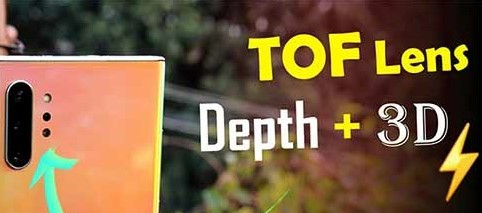ToF camera is mainly composed of light-emitting unit, optical lens and image sensor. Its recognition distance can reach 0.4 meters to 5 meters, so there are already brands, such as OPPO, Huawei, etc., which apply it to the rear camera of mobile phones. ToF technology has the characteristics of strong anti-interference and higher FPS refresh rate, so it can perform better in dynamic scenes. In addition, the calculation of the depth information of ToF technology is small, and the corresponding CPU/ASIC calculation is also low, so the requirements for the algorithm are lower.
Structured light technology and ToF have their own advantages, and they have complementary characteristics in smartphone applications. However, it is undeniable that ToF camera multi-scenario application presents a broader development prospect. iPhone X’s application of 3D structured light has driven the development and penetration of this technology. Compared with ToF, structured light technology has advantage in shipments. Unfortunately, the disadvantage of the distance of structured light limits its application. ToF technology makes up for the shortcomings of structured light distance, because it can support a longer working distance.
ToF technology are applied to more scenes including 3D face recognition, 3D modeling and gesture recognition, somatosensory games, AR/VR, so as to provide a more entertaining and practical experience for smartphones. In addition, compared with structured light technology, ToF modules have low complexity and simple structure, which can be very small and durable. Under the trend of increasing screen-to-body ratio, they are more favored by smartphone manufacturers.





